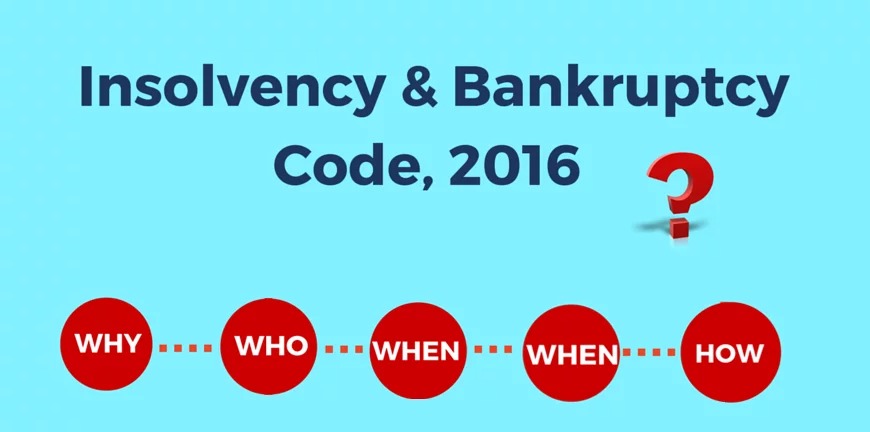@JUDGMENTTAG-ORDER
A.V. Savant, J.@mdashThe Petitioner seeks to challenge two orders, (i) dated 7th May, 1986 (Exhibit ''A'') passed by the Asstt. Collector of Central Excise and (ii) dated 29th July, 1987 (Exhibit ''G'') passed by the Collector of Central Excise (Appeals), Bombay. Under the Impugned orders it is held that the Petitioner''s product, namely, Decorative Laminated Sheets, is classifiable under Tariff Item 15(A)(2) of the Central Excise Tariff and not under Item 68 as claimed by the Petitioner.
2. The Petitioner is a Company manufacturing Decorative Laminated Paper Sheets/Boards used mainly for furniture. The process of manufacturing the said product has been described in paragraph 6 of the Petition as under :
"A reactive and unstable solution is prepared from Phenol Formaldehyde, Melamine and Meta cresol .Base paper is passed through the said solution. The said paper therefore gets impregnated with said solution. Sheets or layers of such impregnated papers as required are taken for lamination under heat and pressure. The Laminated product which emerges is Decorative Laminated Sheet. The resins in the solution act as a binder. The paper forms about 85% of the final product and predominate in weight. At no stage a plastic sheet comes into existence."
3. In the affidavit in reply filed by the concerned Asstt. Collector there is no denial of the averments made in paragraph 6 of the Petition reproduced above. The Asstt. Collector under his order dated 7th May, 1986 came to the conclusion that in the manufacturing process, the paper loses its identity and utility as a paper and what emerges out of the process is a distinct product known as Decorative Laminated Sheet. It was further held that the main raw material used for the product was the laminating solution and hence the product would fall under Tariff Item 15(A)(2) of the Central Excise Tariff. The Appellate Collector, while dismissing the appeal, came to the conclusion that though paper was used in the manufacture of Decorative Laminated Sheet, the paper was laminated with resin and was hydraulically pressed. The end product was the laminated sheet commonly known in the trade as laminated sheet which product falls under Tariff Item 15(A)(2). The said orders are challenged before us.
4. In support of his contention that the product does not fall under Tariff Item 15(A)(2), Mr. Patel, learned Counsel for the Petitioner, invited our attention to a decision of the Supreme Court in the case of Geep Flashlight Industries Ltd. v. Union of India and Ors. 1986 (6) ECR 430 (SC) :1985 (22) ELT 3 (SC). The Supreme Court was dealing with the case of a plastic torch. It was held to be classifiable under Tariff Item 68 and not under Tariff Item 15(A)(2). Dealing with the interpretation of Tariff Item 15(A)(2) relating to "articles made of plastic" etc., the Supreme Court observed that in a Taxing Statute, the expression used for describing a commodity must be given the meaning which is generally given to it by a person in the trade or in the market of commodities and should be interpreted in the sense the person conversant with the subject matter of the statute and dealing with it will attribute to it. It was held that "articles made of plastic" would mean articles made wholly of a commodity commercially known as plastic and not articles made from plastic along with other materials. A plastic torch is a distinct and different commodity commonly known in the market as a torch, observed the Supreme Court.
5. Reliance was then placed by Mr. Patel on a decision of the Gujarat High Court in the case of Bhor Industries v. Union of India, 1982 ECR 345 (Guj.) : 1980 ELT 752 (Guj.). This was a case of Marblex Asbestos Vinyl Floor Tiles manufactured by Bhor Industries. The contention of the Revenue was that the product was classifiable under Tariff Item 15(A)(2) whereas the contention of the assessee was that the said product was classifiable under Tariff Item 68. In paragraph 8 of the judgment, at page 756 of the Report, the Gujarat High Court observed that it was not possible to say that tiles, in the manufacture of which 10% of plastic material was used, were "articles made of plastics". It was further observed as follows :-
"The Court has got to bear in mind the part which plastic material in such a case plays. There is no doubt about the fact that the plastic material operates only as a binding agent and is not the principal ingredient of the said tiles manufactured by the petitioners."
In this view of the matter it was held that Marblex Asbestos Vinyl Floor Tiles were not articles made of plastic falling under Tariff Item 15(A)(2).
6. On the other hand, Mr. Lokur, the learned Counsel appearing for the Respondents, has invited out attention to Tariff Item 17 dealing with paper, paperboard etc. and contended that the Petitioner''s product would really fall under Tariff Item 17 and not under Tariff Item 68. We are of the view that the impugned orders classifying the Petitioner''s product, namely, Decorative Laminated Paper Sheet/Board as falling under Tariff Item 15(A)(2) are incorrect. In the light of the two decisions referred to above and the test laid down therein, we are of the view that Decorative Laminated Paper Sheets/Boards used mainly for furniture would not be articles made of plastic for the purpose of being classified under Tariff Item 15(A)(2). Hence, we set aside the impugned orders at Exhibit ''A'' dated 7th May, 1986 and Exhibit ''G'' dated 29th July, 1987.
7. On the question whether the Petitioner''s product viz., Decorative Laminated Paper Sheets/Boards used mainly for furniture fall under Tariff Item 17 or Tariff Item 68, we express no opinion in the facts of the present case. We remand the matter back to the appellate authority for deciding the said question in accordance with law.
8. Rule is accordingly made partly absolute. There will, however, be no order as to costs.

